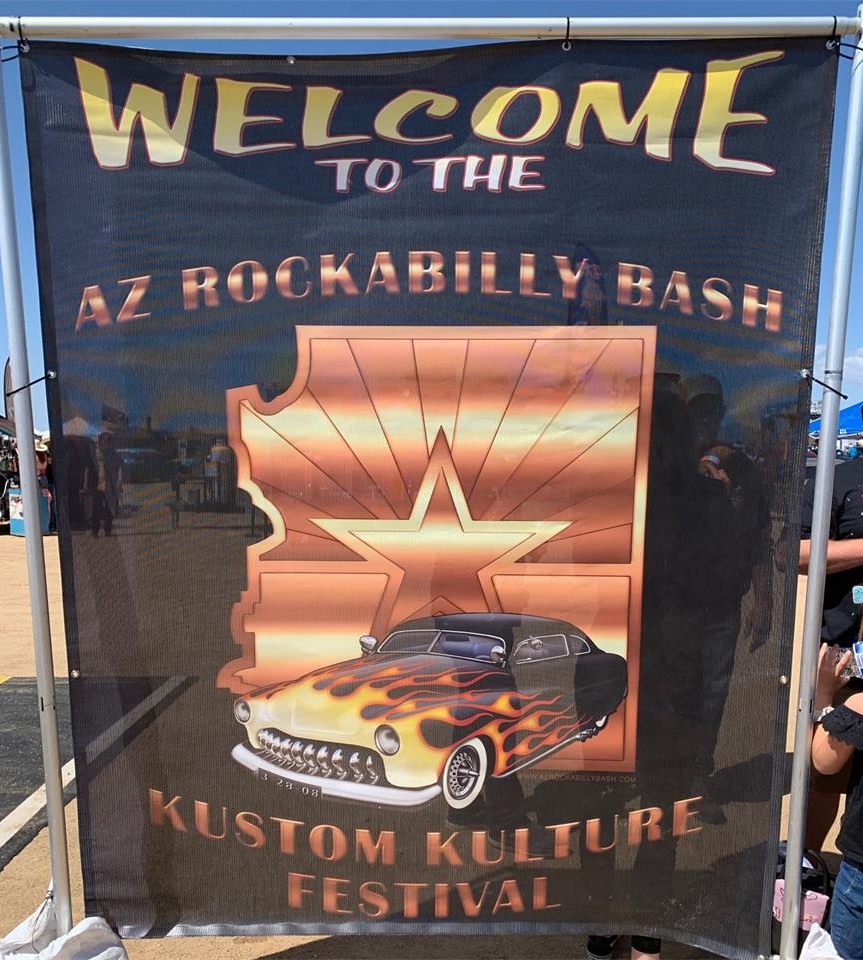Are you in the market for a turn-key award-winner? Skip the stress and expense of building your own hot rod, and consider taking ownership of this rolling work of automotive art:
The Pick of the Day is a 1954 Chevrolet 3100 pickup listed for sale on ClassicCars.com by a private seller in Peoria, Arizona.
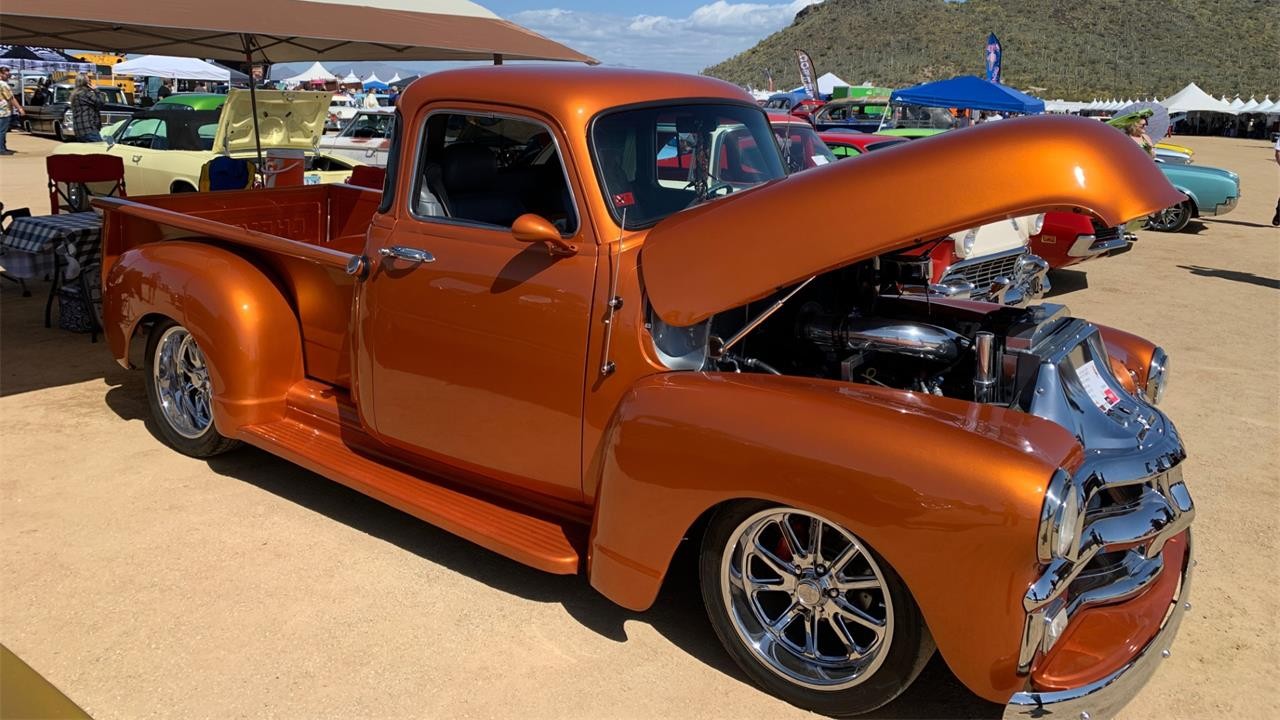
“Feast your eyes on this stunning pickup, where timeless classic truck design meets modern performance,” the listing says. “The tangerine orange metallic paint doesn’t just coat this beauty; it amplifies every iconic curve, demanding attention wherever it goes.”
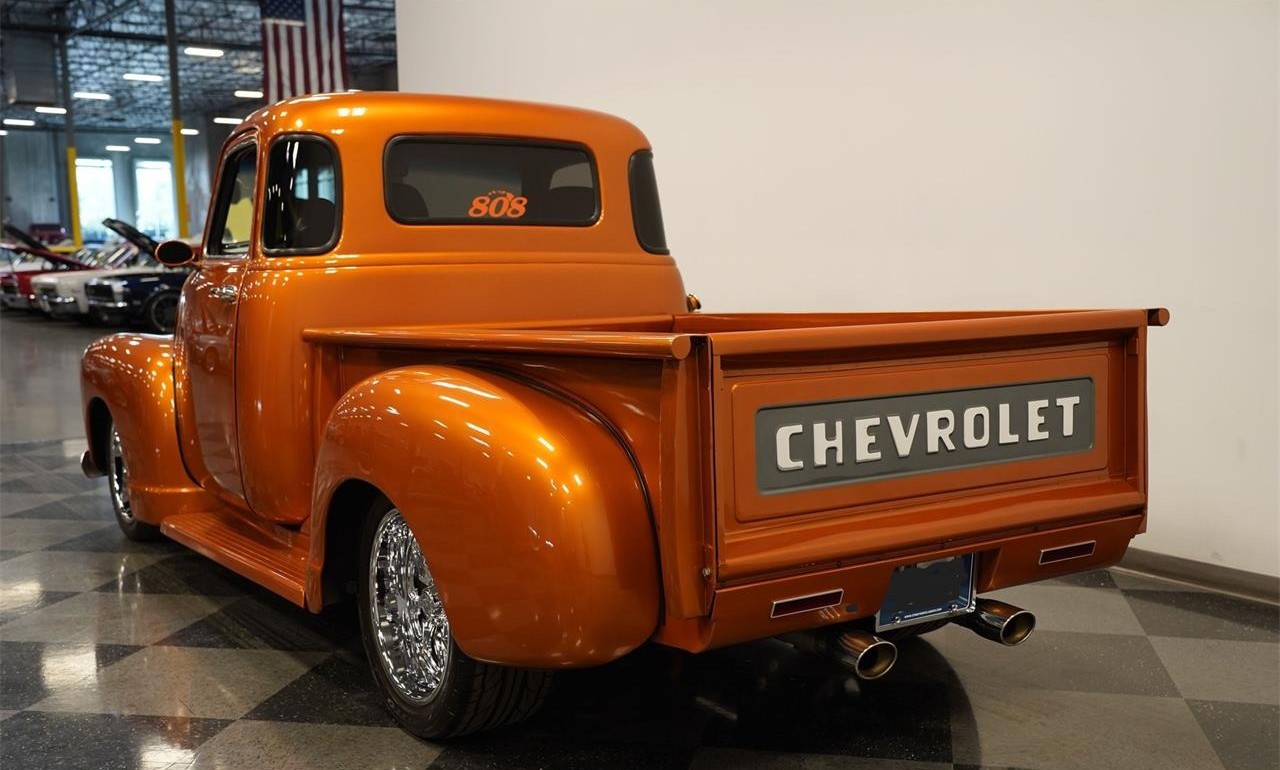
Chevrolet’s Advance-Design trucks were produced between 1947 and 1955, after which they were replaced by the Task Force series. Chevrolet said in advertising materials, “From the producer of America’s most popular trucks comes this great new advance in motor transport. There’s new power under the hoods, new comfort in the cabs, new, bigger load space in the bodies, new chassis ruggedness.”
As advanced as the 1954 trucks were for their time, it’s been 70-plus years since then, and automotive engineering has come a long way. That’s why there are probably very few features of this Chevy that are original to its assembly date. The exterior, interior, chassis and running gear have all been updated in restomod style.
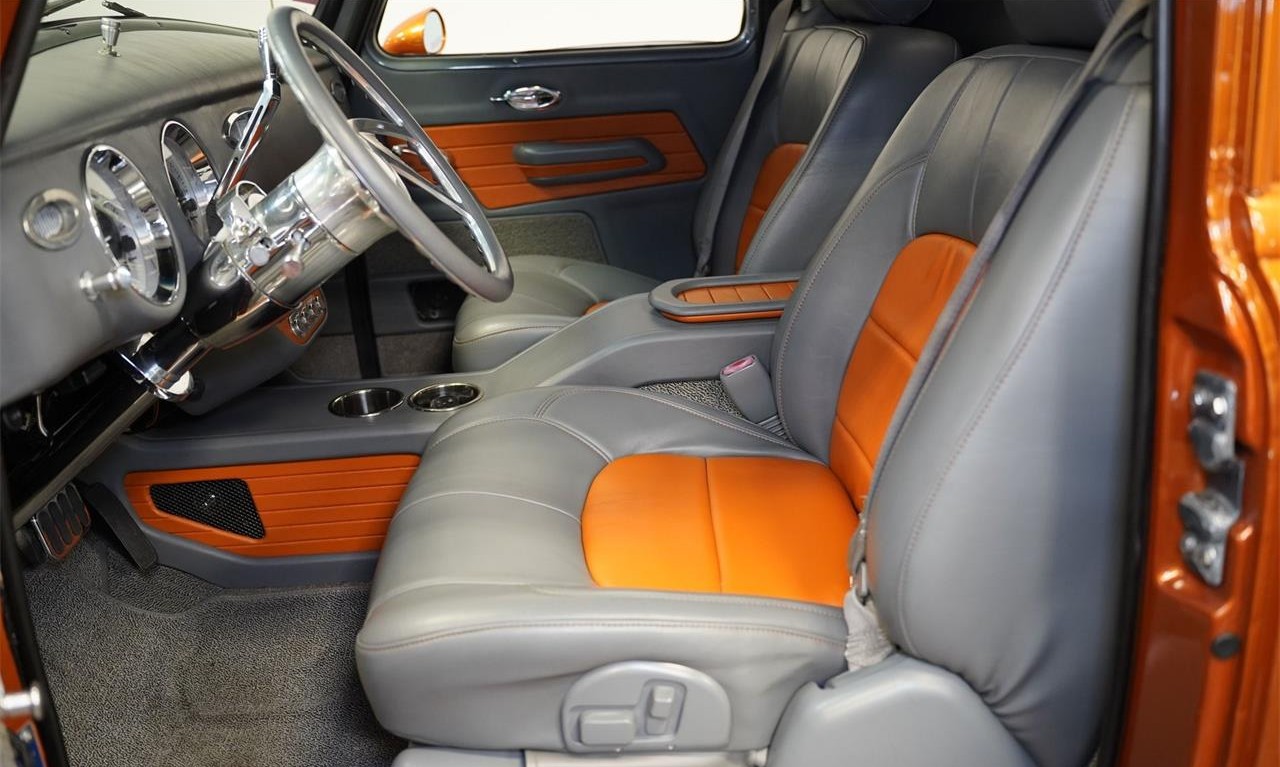
Starting on the outside, the truck received modernized headlights with integrated turn signals, sporty sideview mirrors and a rear roll pan with slim taillights. The cab features gray and orange leather bucket seats, a custom center console, a JVC touchscreen audio system, a leather-wrapped steering wheel on a tilt column and Vintage Air climate control.
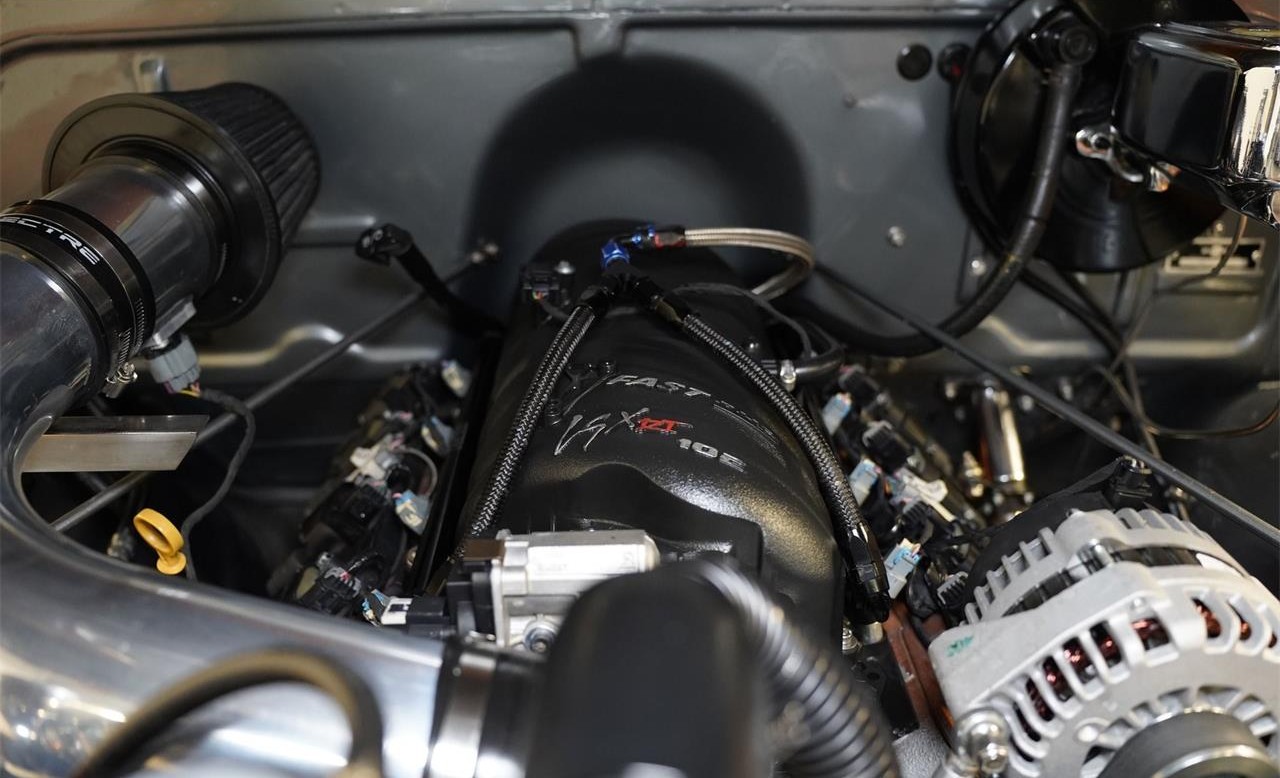
Perhaps most notably, the truck is now powered by one of Chevrolet’s famous “LS” engines. Specifically, it’s the LS3 6.2-liter V8, which was part of the “Gen IV” of small-block engines. It features a cast-aluminum block, aluminum cylinder heads, a hydraulic roller camshaft and high-flow cylinder heads. Depending on the application, the LS3 crate engine was rated at around 430 horsepower without additional upgrades. The listing says this eye-catching truck has a six-speed automatic transmission.
One of the photos in the listing shows a picture taken at the “AZ Rockabilly Bash.” The event is held every fourth weekend in March at Pleasant Harbor in Peoria, Arizona. The focus is on vehicles from 1972 and older, and it also includes a strong contingent of motorcycles and vintage travel trailers. Lastly, there’s always live music entertainment. Check out the show’s website and consider joining in on the fun in 2026. Maybe you could even take this tangerine truck back for another showcase!
The asking price is $75,000 or best offer.
Click here to view this Pick of the Day on ClassicCars.com

